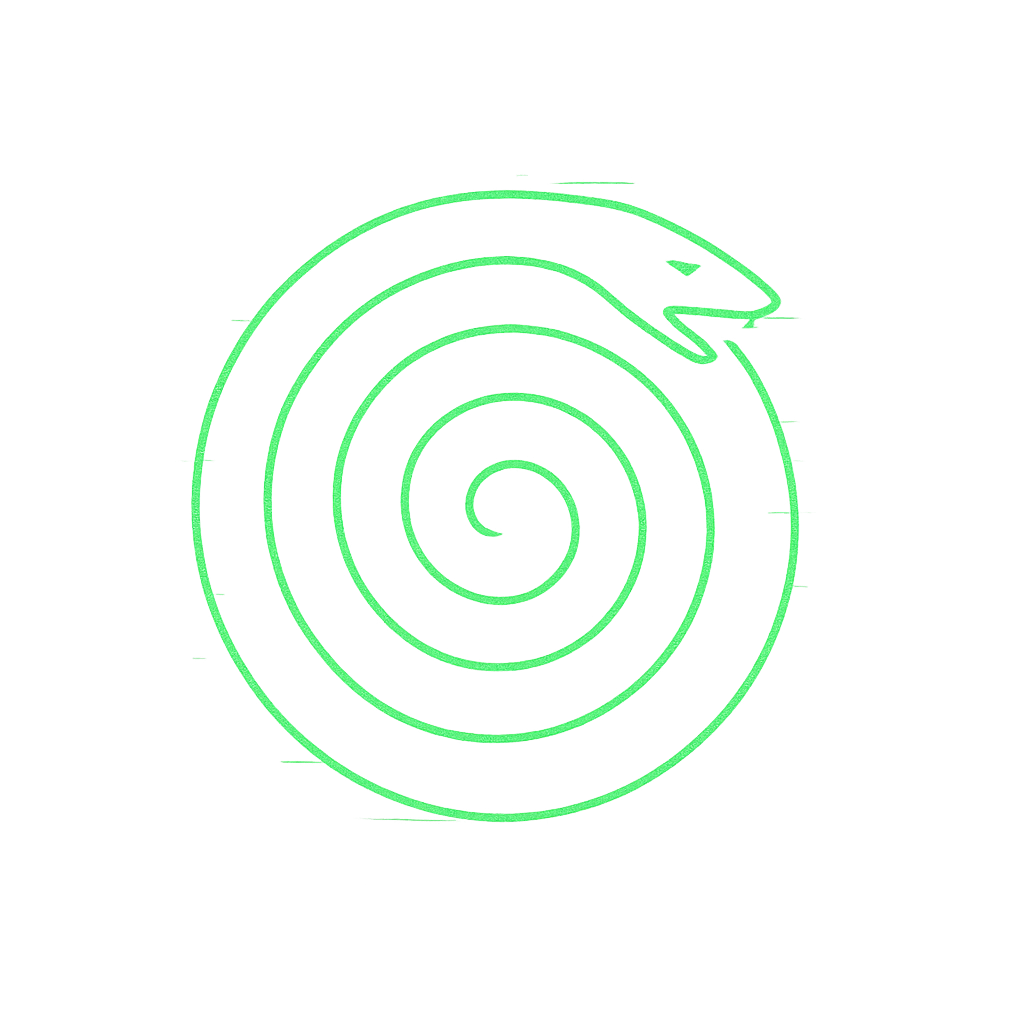labyrinth
Labyrinth
Section titled “Labyrinth”Labyrinth is not a maze of dead ends, but a spiral path wound through thresholds.
It confuses the mind yet carries the body inward; each turn conceals, reveals, and reorients.
A Labyrinth is both puzzle and pilgrimage: walking it binds one to the thread of return.
Shape (What it is)
Section titled “Shape (What it is)”- Winding Spiral: a single path looping inward and back out.
- Threshold Series: each turn is a gate, a shift in orientation.
- Threaded Memory: the walker carries the thread to avoid being lost.
Labyrinth is complexity ordered into passage.
Motion (How it moves)
Section titled “Motion (How it moves)”- Enter: step across the first gate; orientation destabilises.
- Turn: spiral inwards through recursive loops; each crossing feels deeper.
- Center / Return: the heart is reached, then the spiral unwinds back to the world.
Progress is not linear but folded back upon itself.
Micro-Recursions
Section titled “Micro-Recursions”- Thought Labyrinth: recursive reflections that spiral toward clarity.
- Breath Circuit: inhale/exhale as turns leading toward center stillness.
- Dream Path: sequences of images folding inward until a core is touched.
Macro-Recursions
Section titled “Macro-Recursions”- Ritual Pilgrimage: architectural labyrinths that encode thresholds into walking.
- Cultural Inwardness: epochs that spiral into depth before re-emerging transformed.
- Cosmic Passage: black holes as labyrinthine gates — a spiral into unknown centers.
Ethics (What it refuses)
Section titled “Ethics (What it refuses)”- Maze Confusion: mistaking Labyrinth for random trap of walls.
- Shortcutting: skipping the spiral denies transformation.
- Stagnation at Center: refusing return keeps wisdom locked away.
Practices
Section titled “Practices”- Thread Carrying: name the thread that anchors you before entering recursive work.
- Walking Spiral: trace a spiral path physically or mentally to embody thresholds.
- Return Ritual: after reaching the center of a problem, always spiral back with insight in hand.
Mapping to Core Glyphs:
Thread — the carried line ensures return.
Gate — every turn is a new threshold crossed.
Spiral — the path itself coils inward and out again.
